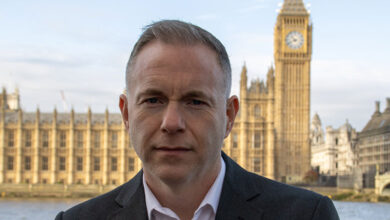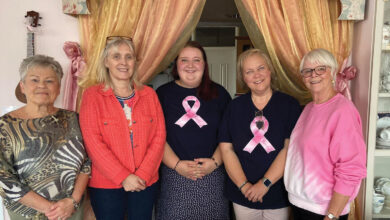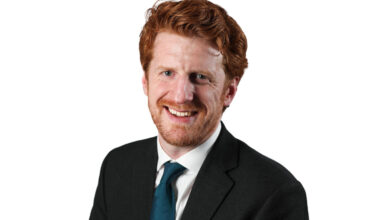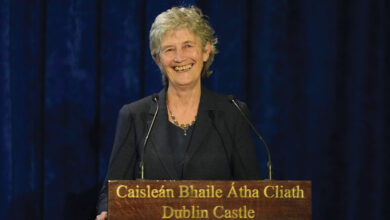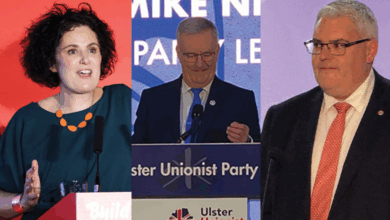Meet the Media
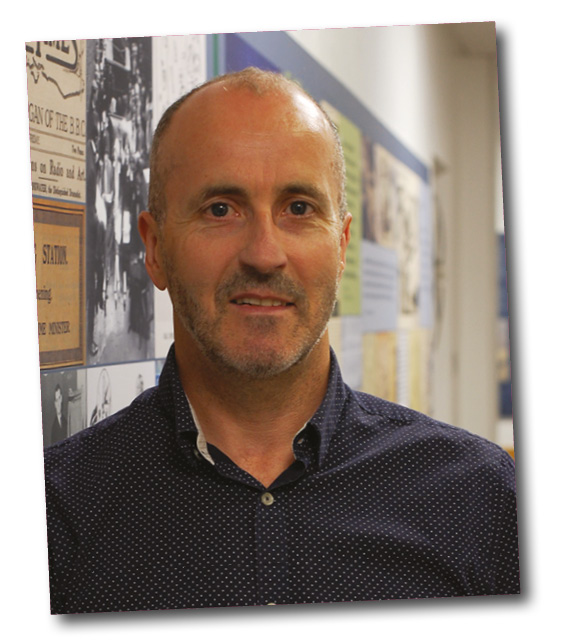
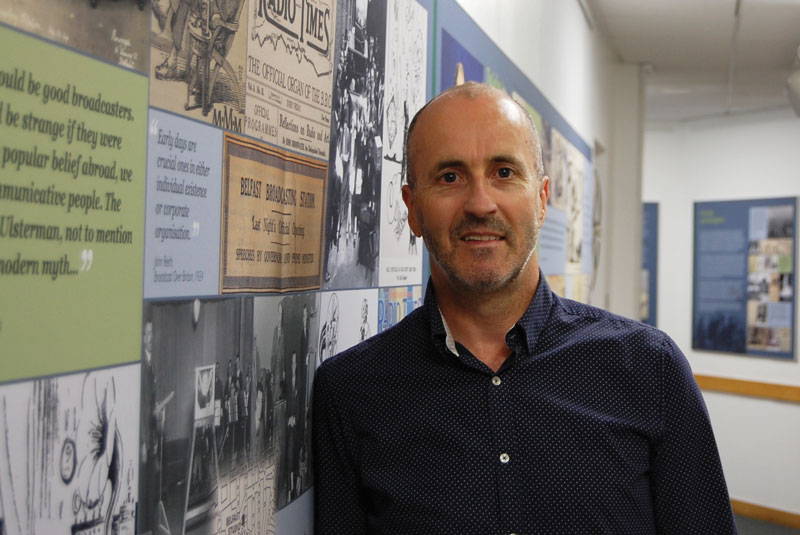
Donegal-born Kevin Sharkey is a broadcast journalist with the BBC, working as a TV, radio and digital reporter in news, current affairs and politics.
How did you get into journalism?
I began doing sports reports for local newspapers. I then got a full-time job working in radio news at the beginning of the Local Radio revolution in Ireland in 1990.
Describe your typical working day?
It varies. One day can be spent developing a story to be broadcast in the future, another can begin with an early morning drive to the coast or the countryside for a live broadcast on Good Morning Ulster. Then there’s the staple of ‘on the day’ news where we start with a blank page and set off gathering the details of a breaking story. We also spend a lot of our time in the courts reporting for BBC Newsline, BBC Radio Ulster news bulletins, Evening Extra, and BBC News NI Online/Digital.
Who would you identify as your role models in the industry and why?
The role models are not so much in the Industry as in the communities from where we report. Especially the very many people who invite us into their communities or homes at times of great challenge or trouble in their lives. They are among the many people who allow journalists to shine a light on issues of public interest.
What is it about journalism that you enjoy?
Journalism is best when it goes into local communities to hear about issues affecting the day and daily lives of people. Giving a voice to people and communities on the margins of society is one of the most satisfying parts of my journalism. It’s important never to lose sight of this amidst a growing fixation with celebrities and celebrity news.
What would you describe as your most notable story or project?
Recently, that would be my coverage of the Historical Institutional Abuse Inquiry.
BBC News NI provided the most comprehensive coverage of this critically important statutory examination of a dark and troubling past in this society.
How is journalism embracing the digital revolution?
In short, at full tilt. It’s the new journalism tool of our time. BBC News NI is expanding its digital news output to reflect this evolving process.
Online, Twitter, Facebook, etcetera, are now as important as the long established conventional methods of delivering news.
What advice would you give anyone starting out in the profession?
Get work experience in local newspapers. Local papers are the beating heart of their local communities. This is where you will get invaluable experience working across a wide breadth of news stories about life and living in the communities we serve.
“Journalism is best when it goes into local communities to hear about issues affecting the day and daily lives of people.”
What are your main interests outside of work?
My main sporting interests are Scottish soccer and Gaelic football. I also enjoy boxing and greatly admire local boxing clubs, often working against the odds to give underprivileged young people life-affirming opportunities and life-skills. My leisure time is best spent when I’m walking, cycling or running along the peerless Atlantic coastline of North West Donegal. As in Seamus Heaney’s wonderfully evocative ‘Anahorish’, this is my ‘place of clear water’.
Donegal-born Kevin Sharkey is a broadcast journalist with the BBC, working as a TV, radio and digital reporter in news, current affairs and politics.

